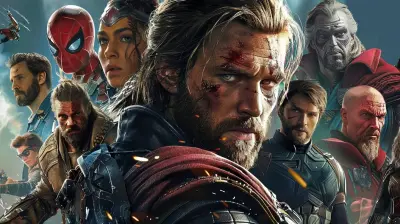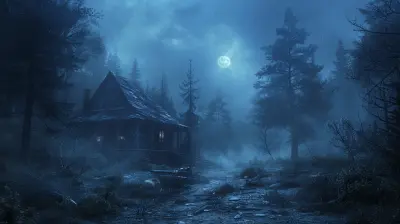Exploring the Evolution of Platformers Across Console Generations
13 July 2025
Platformers—those run, jump, and dodge-style games we all grew up with—have been the beating heart of video gaming for decades. Whether you cut your teeth stomping on Goombas in Super Mario Bros. or you were more into the crazy acrobatics of Celeste, you’ve seen how far the genre has come. But how did we get from 8-bit hops to world-bending gravity physics and cinematic storytelling? Let's take a nostalgic jog across the pixelated plains and high-def mountains of platformers through the ages.
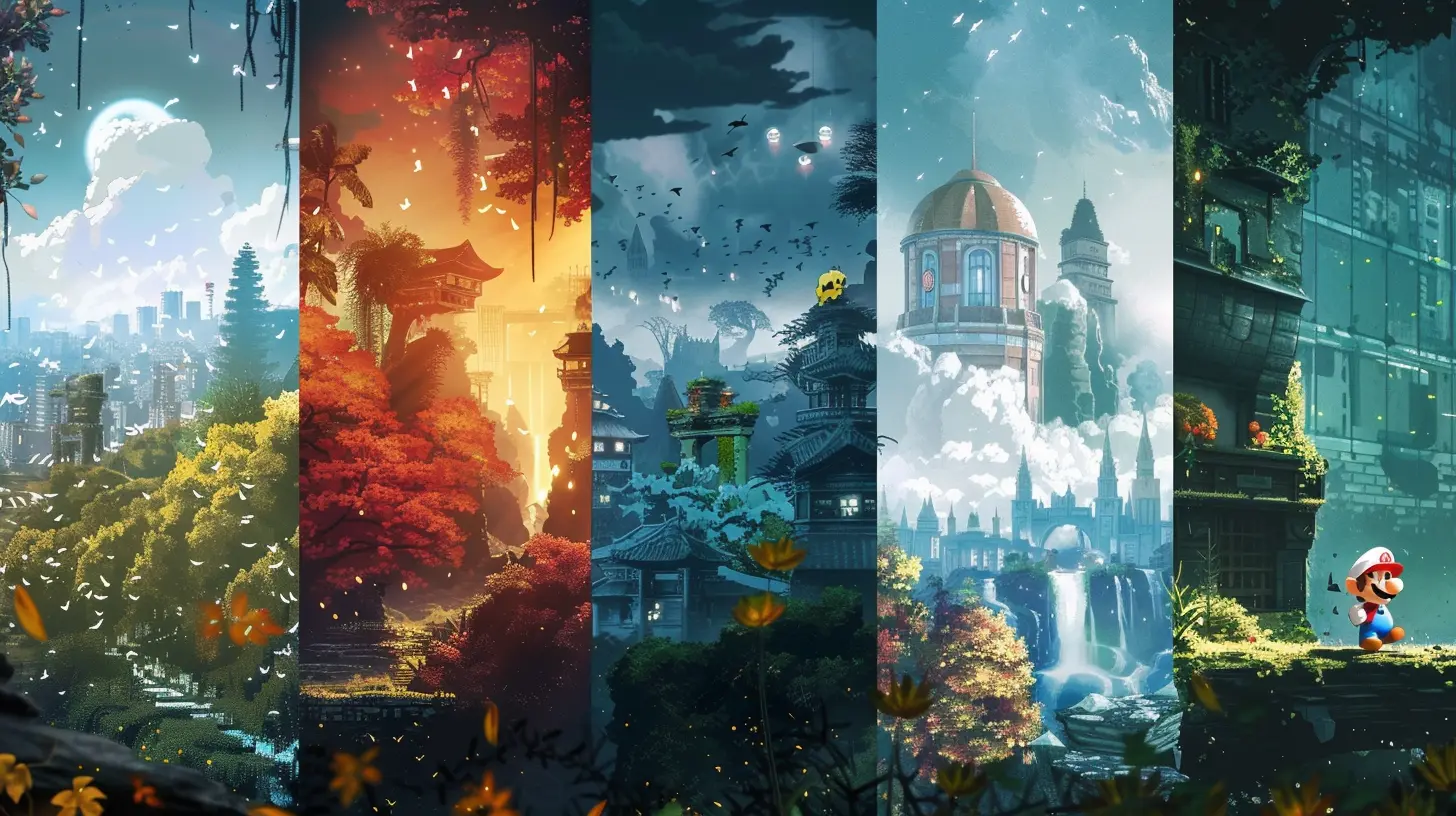
The Birth of Platformers: 8-Bit Beginnings
Ah, the ‘80s. Big hair, synth-pop, and the birth of modern gaming. The platformer genre took its baby steps during this golden era, driven by limited hardware and a ton of imagination.Donkey Kong (1981): Where it All Began
It’s hard to talk about platformers without bowing down to the OG: Donkey Kong. Yeah, the game was simple—you controlled Jumpman (later Mario), dodged barrels, and climbed ladders. But it laid the groundwork: vertical movement, timed jumps, and simple physics. It was revolutionary.Super Mario Bros. (1985): A Giant Leap
When Nintendo dropped Super Mario Bros. on the NES, it was like watching gaming evolve overnight. Horizontal scrolling levels? A world map? Power-ups? It was the blueprint that almost every other platformer tried to copy. And let's be real, that classic Mario tune? Instant earworm.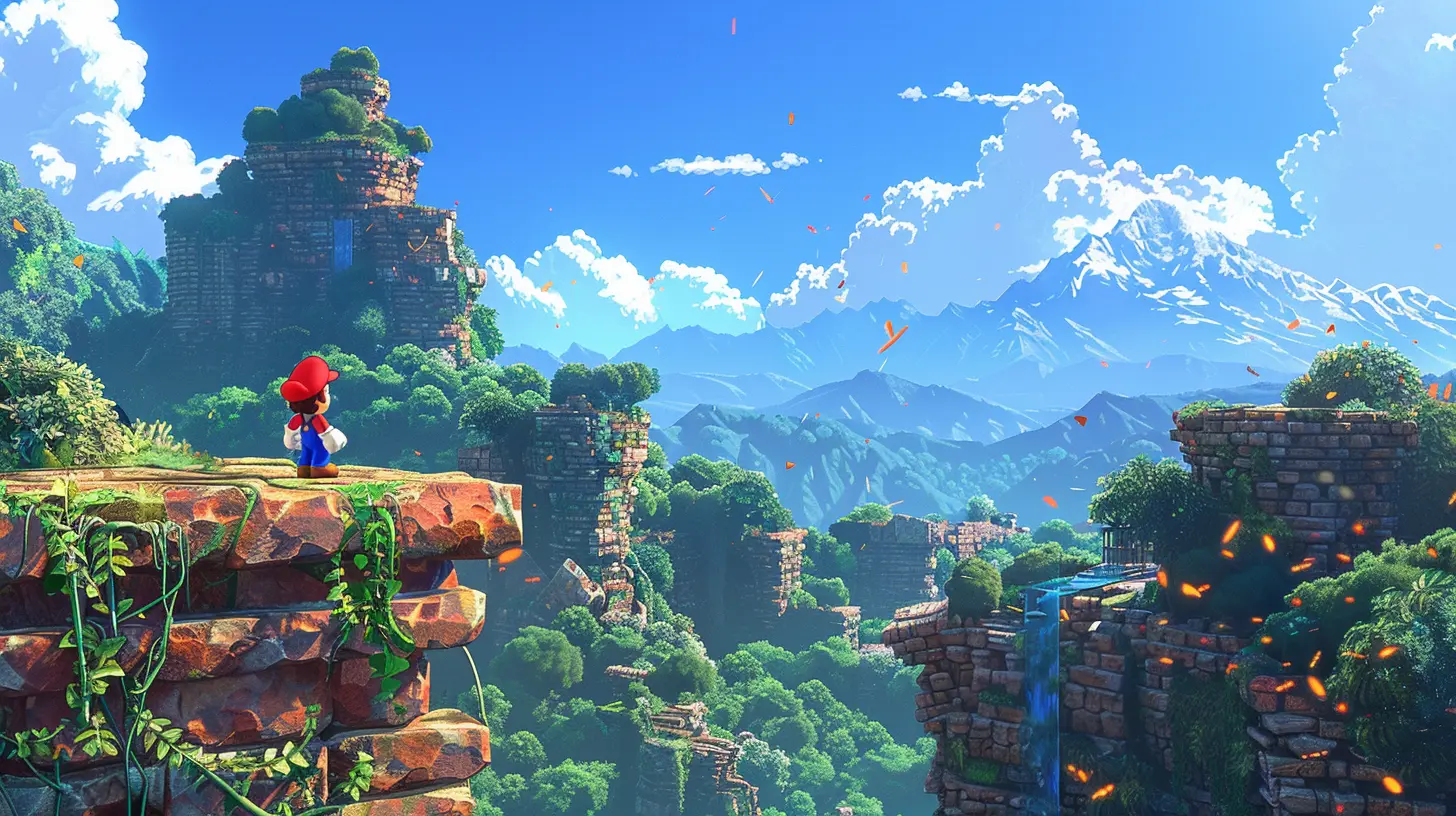
The 16-Bit Glow-Up: Platformers Get Stylish
The '90s hit, and things got a whole lot splashier. With the SNES, Sega Genesis, and other 16-bit machines, developers had more horsepower to work with—and boy, did it show.Sonic the Hedgehog (1991): Speed Meets Style
While Mario was the poster boy of precision, Sonic was the cool new kid who couldn’t sit still. Sega leaned into fast-paced gameplay and edgy design. The blast processing buzz might have been marketing fluff, but the impact? Totally real. Sonic showed that platformers didn’t have to be slow and steady—they could be flashy and fast.Donkey Kong Country (1994): The Tech Marvel
Remember when you first saw Donkey Kong Country’s graphics? Those pre-rendered 3D sprites were like witchcraft back then. This game pushed the SNES to the limit and showed developers could do some wild stuff even with limited specs. Gameplay-wise, it was tight, responsive, and oh-so-satisfying.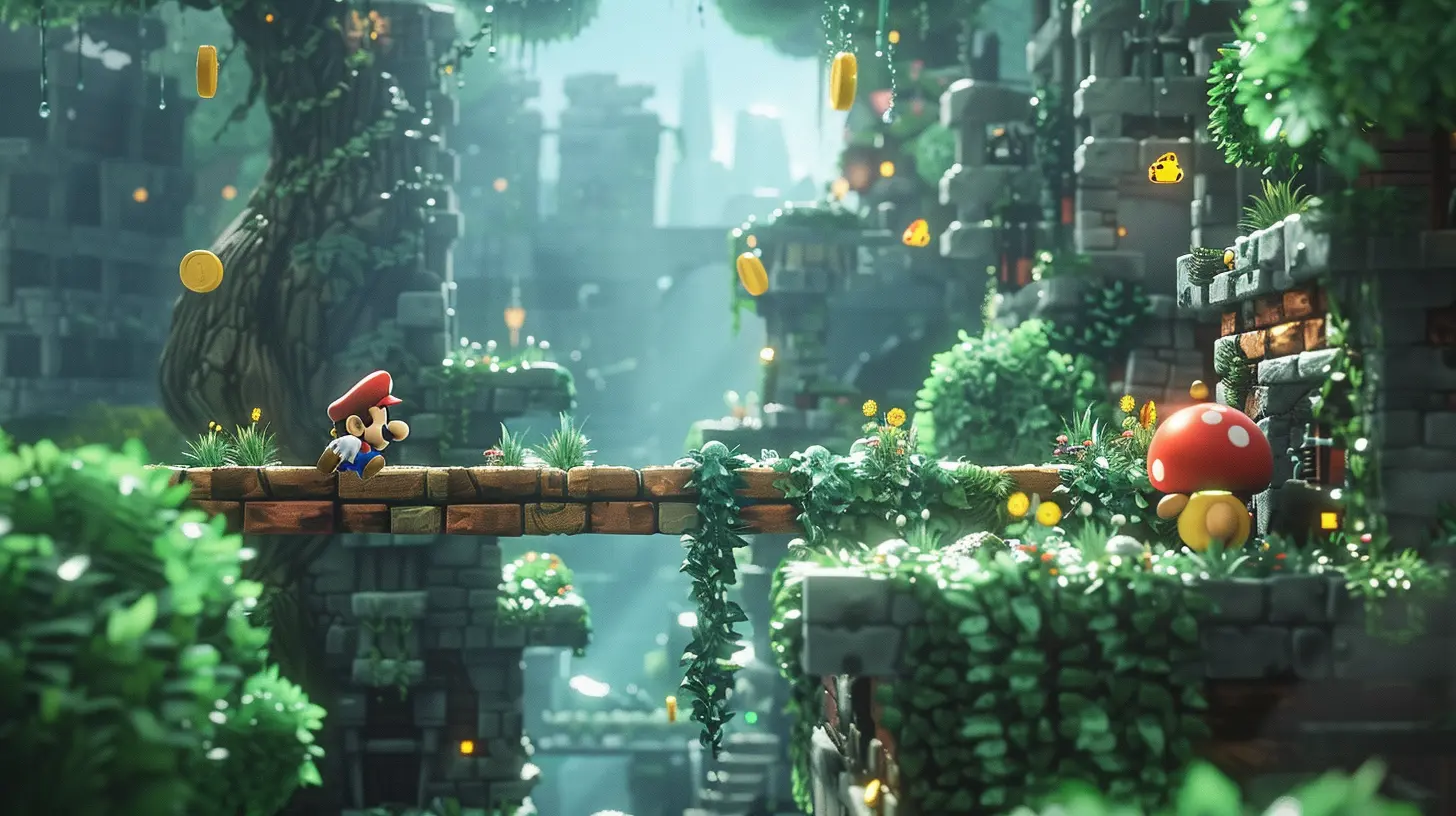
The Long Jump to 3D: A Whole New Dimension
Once the mid-90s rolled around, things got three-dimensional. Enter the era of analog sticks, camera controls, and the eternal debate: “Why won’t this camera cooperate?!”Super Mario 64 (1996): Game-Changer (Literally)
Let's talk milestones. Super Mario 64 wasn’t just a good 3D platformer—it defined what a 3D game should feel like. Fluid controls, open-ended level design, and clever mechanics made it a masterclass. This was the moment platformers evolved from point A to point B journeys into full-on playgrounds.Crash Bandicoot (1996): Corridor Craze
While Mario was off exploring planets, Crash kept things more linear. But what made Crash stand out was its personality. Quirky characters, tight level designs, and animations gave it a unique flair. It was one of the PlayStation’s major mascots and helped shape the platformer scene on Sony’s turf.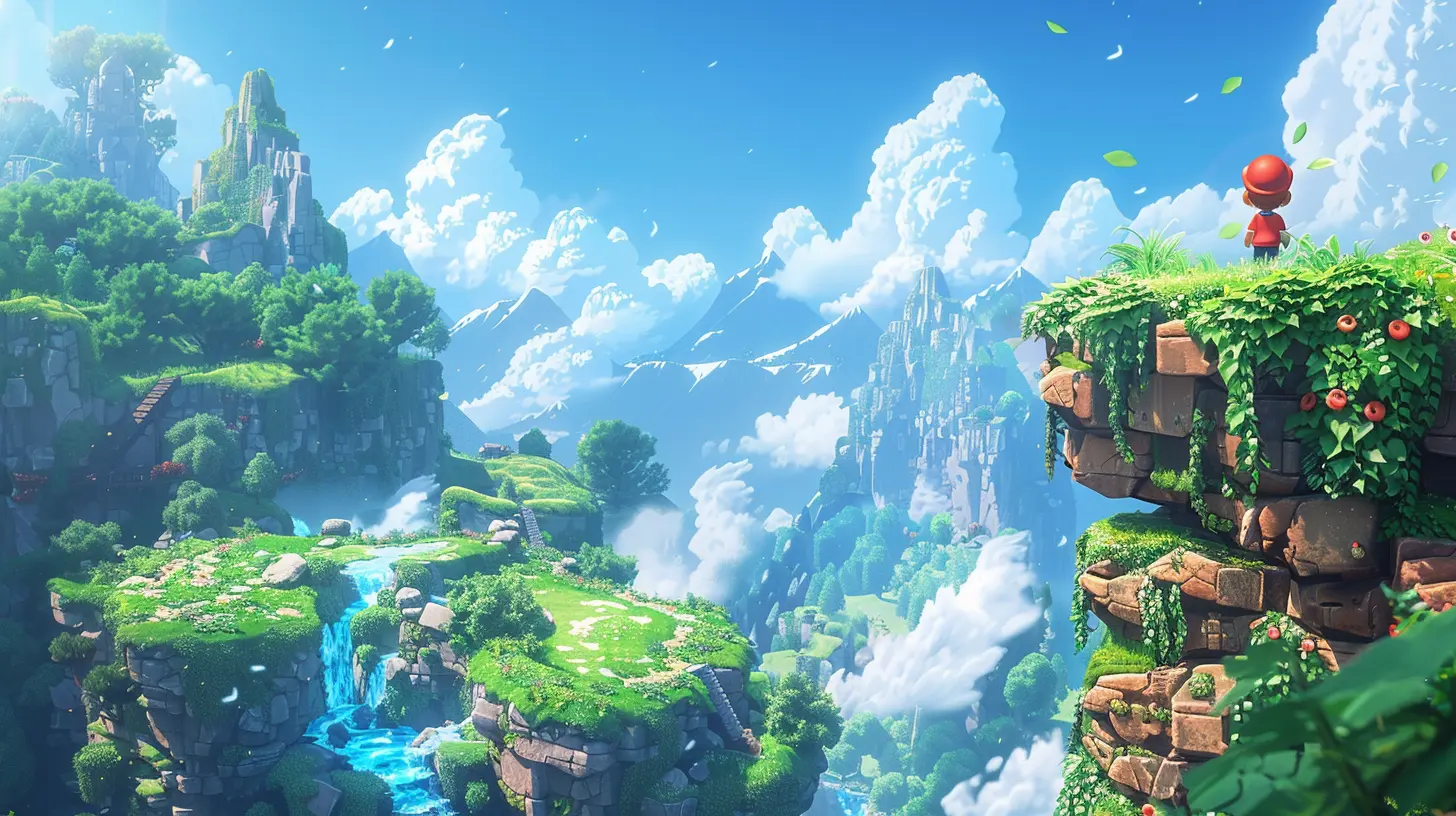
Early 2000s: Identity Crisis or Innovation?
The PS2, Xbox, and GameCube era saw platformers try to re-invent themselves. Some succeeded. Others stumbled.Jak and Daxter / Ratchet & Clank / Sly Cooper
These series blended platforming with other genres—shooting, stealth, RPG mechanics. Platformers weren’t just about jumping anymore. Now they had stories, voice acting, and cinematic cutscenes. The genre was evolving, but not everyone was on board.Was it still a platformer if half the time you were driving a hovercar or sniping enemies with a laser gun? That’s up for debate—but it definitely kept things interesting.
Cel-Shading and Creativity
Games like Viewtiful Joe and Paper Mario took bold artistic directions. These games didn't just play differently—they looked different. The creativity was off the charts, and it proved that platformers didn’t have to be gritty or realistic to be successful.The HD Era: A Bit of a Platformer Pause?
When the Xbox 360 and PS3 era kicked in, hardcore gamers were chugging Red Bulls and diving into first-person shooters. Platformers took a bit of a backseat.But they never really disappeared—they just adapted.
Indie Developers to the Rescue
Games like Super Meat Boy (2010) and Braid (2008) brought back the challenging, twitch-based gameplay of the old days—but with a modern twist. Time manipulation? Insanely precise jumping? Hidden story arcs? Yes, please.These games weren’t just throwbacks. They were love letters with a fresh coat of paint. Plus, they helped the genre stay relevant when AAA studios were too busy making hyper-realistic war sims.
Rayman Legends (2013): Pure Platforming Joy
Ubisoft’s Rayman Legends was an unexpected gem. Gorgeous visuals, tight controls, and creative level design made it a joy to play. It reminded everyone what made platformers magical in the first place.
Modern Day Masterpieces: Platformers in the 2020s
We're now in the age of the PlayStation 5, Xbox Series X, and Nintendo Switch—and platformers are going strong, even if they're not always in the spotlight.Celeste (2018): Emotion Meets Execution
Celeste isn't just brutally difficult—it's beautiful, meaningful, and human. It uses its platforming mechanics to reflect its story themes of struggle and perseverance. Every failed jump and retry feels like a personal journey. This is storytelling through gameplay at its finest.Ori and the Will of the Wisps (2020): A Visual Feast
If you haven’t wept your way through Ori, you’re missing out. This game blends Metroidvania mechanics with breathtaking visuals and a heart-tugging narrative. It feels like playing inside a watercolor painting—and it's as deep as it is beautiful.Sackboy: A Big Adventure (2020)
Sony brought back the charm of the LittleBigPlanet universe, but this time with more polished platforming mechanics. It’s friendly, fun, and great for couch co-op. A reminder that not every platformer has to test your rage-quit tolerance.Why Platformers Still Matter
You might ask: “With all these open-world epics and 100-hour RPGs, why do people still care about platformers?”Because they’re pure.
Platformers cut out the fluff. There’s a beauty in the simplicity. It's just you, the level, and your skill.
No grinding. No over-complicated mechanics. Just that pure, satisfying ‘aha!’ moment when you finally land that tricky jump or crack a level’s secret path.
They also offer some of the best "flow" in gaming—where your actions become instinctive and your mind syncs with the movement. It’s like dancing with your thumbs.
The Future of Platformers
So, where do we go from here?With tech getting crazier by the day—ray tracing, haptic feedback, cloud gaming—the possibilities are endless. We’re seeing platformers that mess with gravity, time, and space. VR platformers are a growing trend. Imagine hopping across platforms in full 360° freedom. Wild, right?
And let’s not forget crossovers and hybrids. Platformers are mixing with roguelikes, RPGs, and even rhythm games (looking at you, Hi-Fi Rush).
Developers are embracing nostalgia while pushing boundaries. It's the best of both worlds.
Final Thoughts
From pixel-perfect jumps on the NES to sprawling, emotional epics on the Switch and beyond, platformers have proven one thing: they've got staying power. They’ve evolved, adapted, and sometimes struggled—but they’ve never stopped being fun.And really, isn't that what gaming’s all about?
So next time you fire up a platformer—old-school or modern—take a moment to appreciate the journey this genre has taken. It’s been one heck of a ride.
all images in this post were generated using AI tools
Category:
Platformer GamesAuthor:

Aurora Sharpe
Discussion
rate this article
2 comments
Falkor Garcia
This article beautifully captures the essence of platformers and their evolution over the years. It's fascinating to see how the genre has adapted to technological advancements while retaining its core charm. Nostalgia blends seamlessly with innovation, reminding us why we fell in love with these games.
November 13, 2025 at 4:47 PM

Aurora Sharpe
Thank you! I’m glad you enjoyed the exploration of how platformers balance nostalgia with innovation. It’s a testament to the genre's enduring charm!
Ethan McClellan
The evolution of platformers showcases gaming's adaptability and innovation. From pixelated 8-bit landscapes to 3D expansive worlds, each console generation has introduced unique mechanics and narratives, reflecting technological advancements and player expectations. This genre not only entertains but also shapes the way we interact with digital spaces.
July 25, 2025 at 3:24 AM

Aurora Sharpe
Thank you for your insightful comment! You're absolutely right—platformers have truly evolved alongside technology, continuously adapting to meet player expectations and pushing the boundaries of gameplay and narrative.

